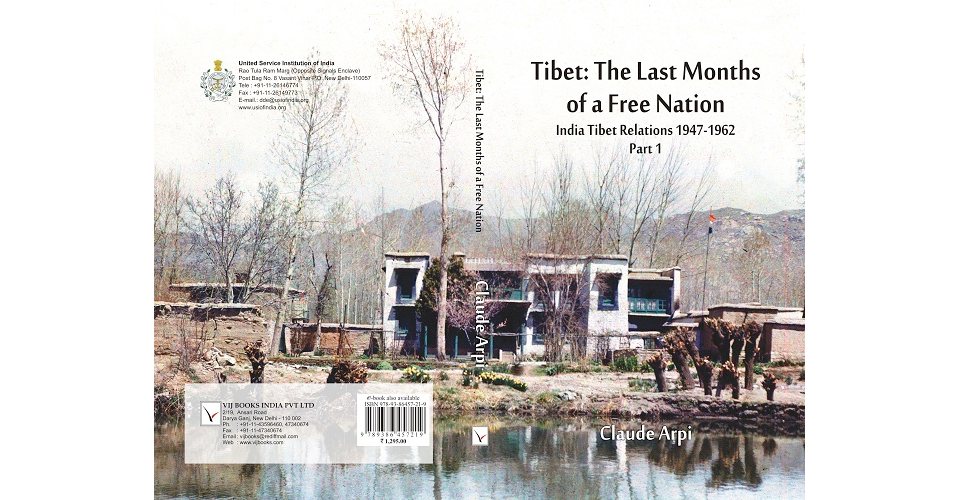Though Tibet’s system of governance had serious lacunas, the Land of Snows was free and independent. In October 1950, Mao’s regime decided to ‘liberate’ it. ‘Liberate’ from what, was the question.
Though some in Delhi did not realise it, it would soon be a tragedy for India too, as it had to suddenly live with a new neighbor, whose ideology was the opposite of Buddhist values.
The narrative starts soon after Independence and ends with the signing of the 17-Point Agreement in Beijing in May 1951 when Tibet lost its Independence …and India, a gentle neighbour.
Using never-accessed-before Indian archival material, this book is the first of a series of four books on the India-Tibet Relations (1947-62).
The next volumes will respectively cover the periods 1952-1954, 1954-1957 and 1957-1962.
- October 1950 Dispatches
The Ministry in Delhi seeks a confirmation from the Indian Mission in Lhasa about a report which appeared in The Statesman in Kalimpong stating that “Communist forces have penetrated 50 miles into Tibet from Sino-Tibetan border. A RUPON1 of Tibetan army met Red attacks with skill and drove the invaders back over the border but was later killed in action.”
- November 1950 Dispatches
The Political Officer recommends the immediate sanction by telegram of a grant for the Mission in Lhasa of “rupees 3,500 (half of 7000) for evacuation of women and children from Lhasa Mission in case this becomes necessary.” It shows the seriousness of the situation.
- December 1950 Dispatches
The question of sending plane to Lhasa comes again in the dispatches. It is again explained the there are political as well as technical aspects “from stand-point of Tibet and NOT of Dalai Lama alone.”
- January to May 1951 Dispatches
The ministry in Delhi cautions the Government of West Bengal about the security issues brought by the presence of Dalai Lama in Yatung: “[It] has increased interest of foreigners in Sikkim. We consider presence of many foreigners in Sikkim embarrassing.
- A Note by Hugh Richardson on Tibet Suzerainty
Present Position – Between Britain and Tibet the following treaties are valid: 1914 Convention in so far as it confers no benefits on China. This continues the Treaties of 1890, 1904 and 1906 in so far as they are not modified by or repugnant to it. That is to say: the provisions of the Treaty of 1890 about British relations with Sikkim, and the boundary between Tibet and Sikkim, are valid.
- Report Sumul Sinha (February 1951)
Monthly report of the Indian Mission, Lhasa, for the period ending 15th February, 1951.
- Report Sumul Sinha (April 1951)
Monthly report of the Indian Mission, Lhasa, for the period ending 15th April, 1951.
- Report Sumul Sinha (May 1951)
Monthly report of the Indian Mission, Lhasa, for the period ending 15th May, 1951.
- Report Sumul Sinha (June 1951)
Monthly report of the Indian Mission, Lhasa, for the period ending 15th June, 1951.
- Report Sumul Sinha (August 1951)
Monthly report of the Indian Mission, Lhasa, for the period ending 15th August, 1951.
- Report Sumul Sinha (September 1951)
Monthly report of the Indian Mission, Lhasa, for the period ending 15th September, 1951.








0 Comment